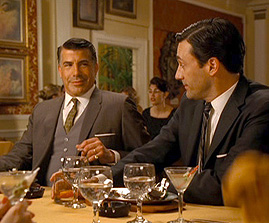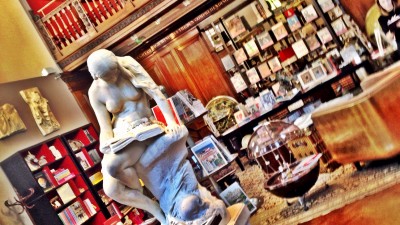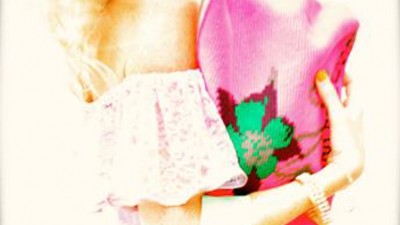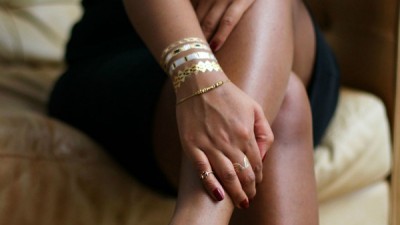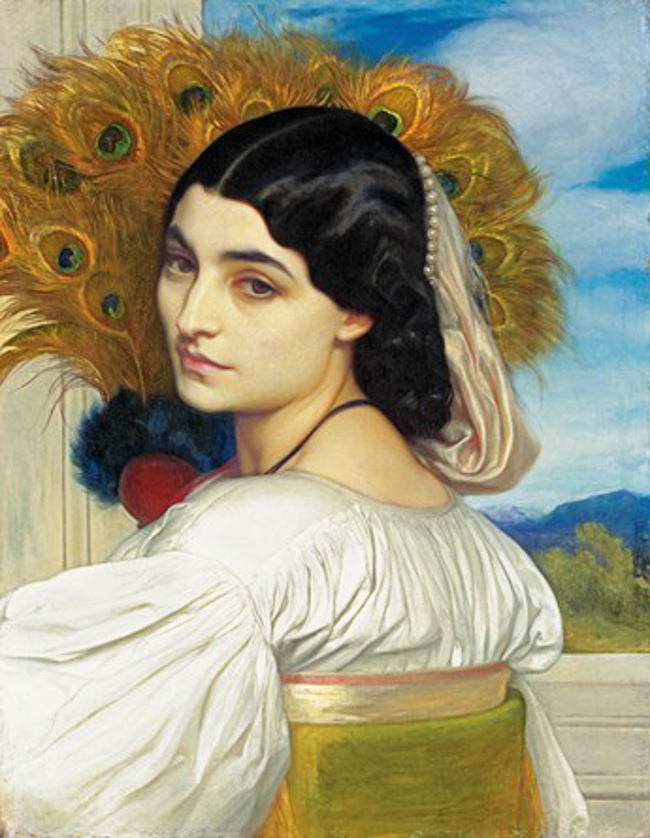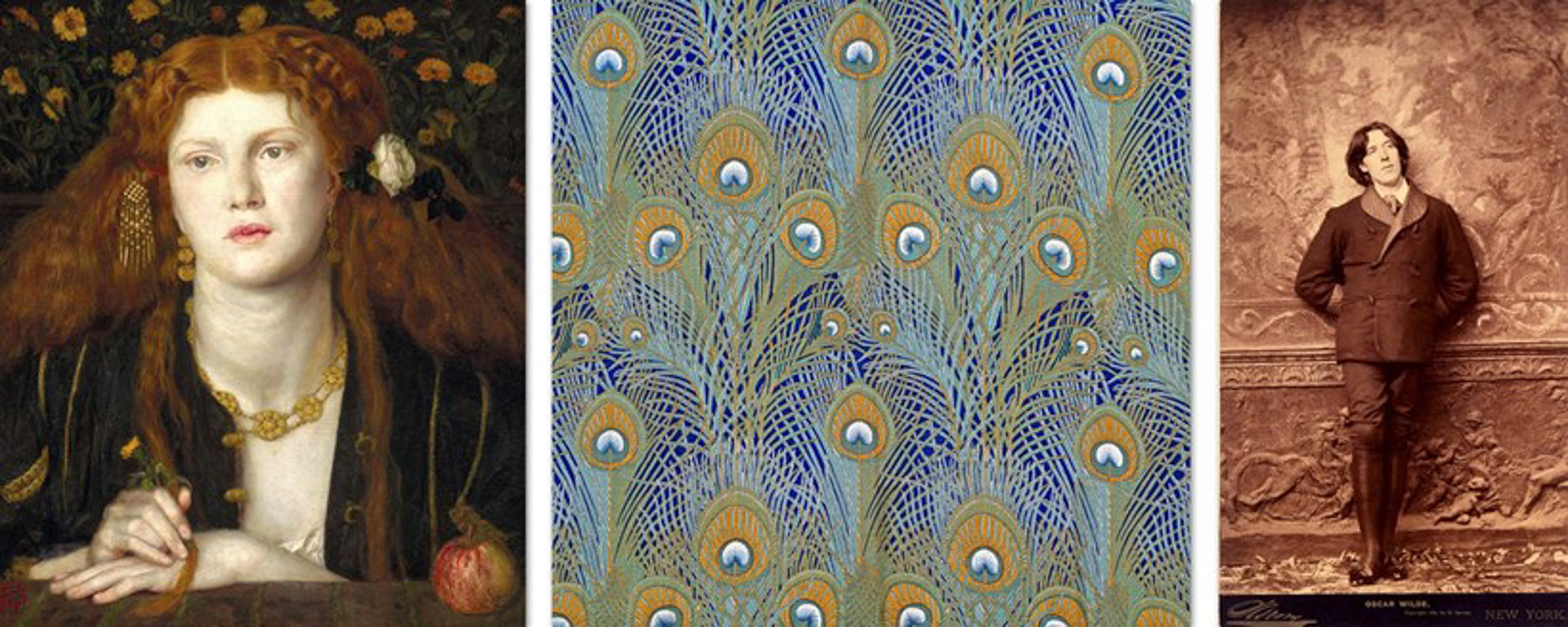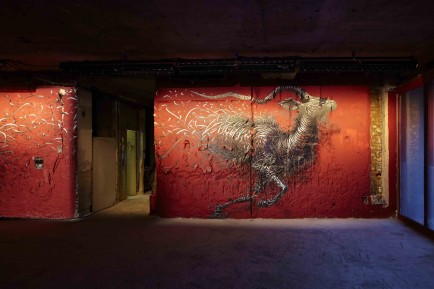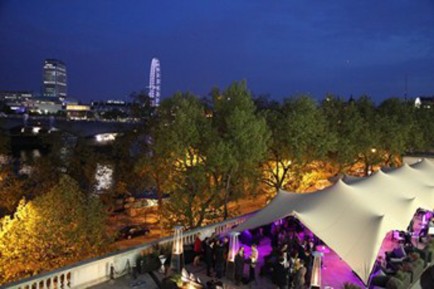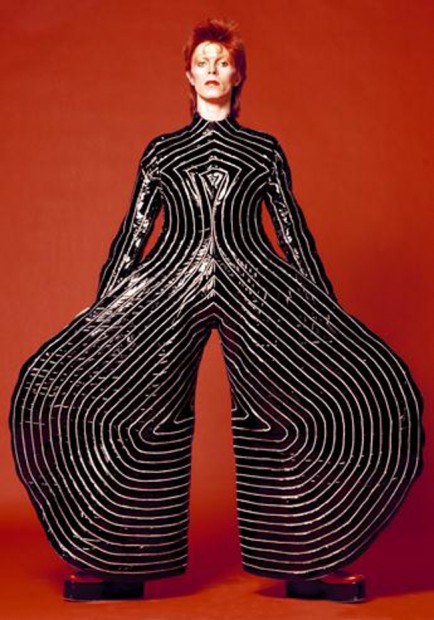It might not appeal to those who prefer their art abstract, provocative or complicated, but the superb new V&A’s spring exhibition should delight most others. Celebrating the 19th century British movement that centred on art for its own sake and on beauty valued for itself alone, it is the biggest exhibition ever staged on Aestheticsm. Expect a display of rich colours, exquisite details and portraits of languorous beauties: in one word, magnificent.
With beauty as its raison d’être, and an approach that combined sensual and luxurious colours and textures with an eye for exquisite details, the Aesthetic Movement was born as a reaction to the arts and ideas of the Victorian establishment. While it first developed from the romantic bohemianism of a small avant-garde in 1860, with a style characterised by a widespread use of motifs such as the lily and peacock feather, and sources as diverse as Ancient Greece and modern Japan, it grew to become a cultural phenomenon at the end of the 19th century, thus becoming the first artistic movement to inspire an entire lifestyle.
Encompassing furniture, ceramics, metalwork, wallpapers and textiles, with companies like Liberty making it accessible to the aspiring middle class, its champions included prominent painters Rossetti, Leighton, Whistler and Burne-Jones, but also designer William Morris and writer Oscar Wilde, as the original celebrity style guru promoting the movement in the home.
On top of an impressive display of paintings – featuring mostly voluptuous creatures in rich surroundings- the exhibition includes over 250 objects, such as sumptuous silk dresses, hand painted cabinets, Grecian-inspired jewellery, original Liberty fabrics, an ornate fireplace and a life-size reconstitution of the celebrated frieze designed by artist Albert Moore for the Peacock room at 15 Berkeley Square.
The Cult of Beauty: The Aesthetic Movement 1860-1900 at the Victoria & Albert Museum, 2 April-17 July 2011 (£12)

